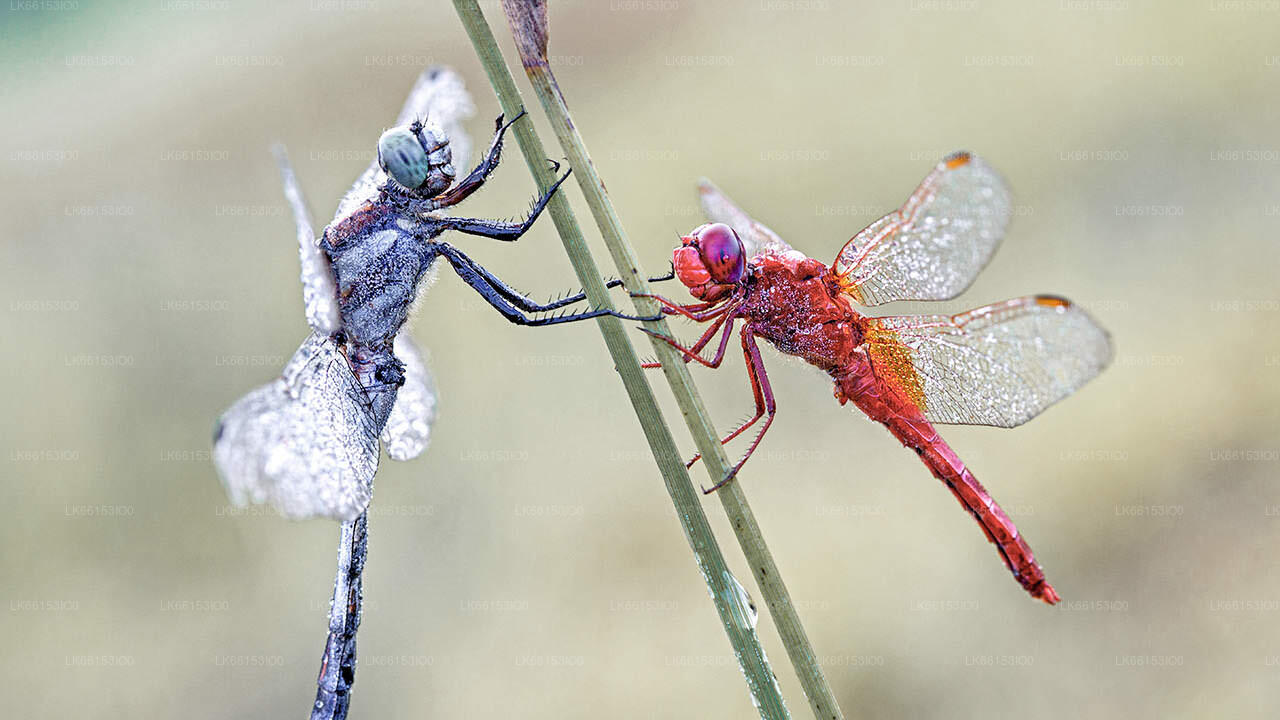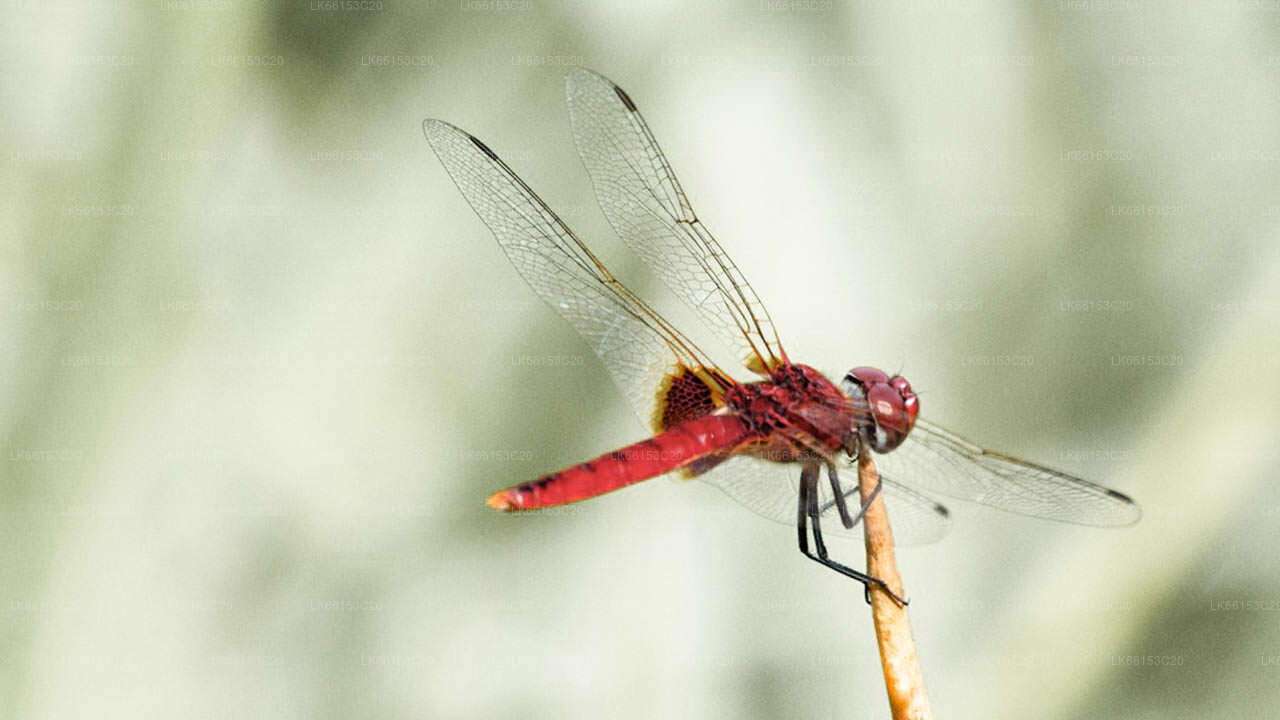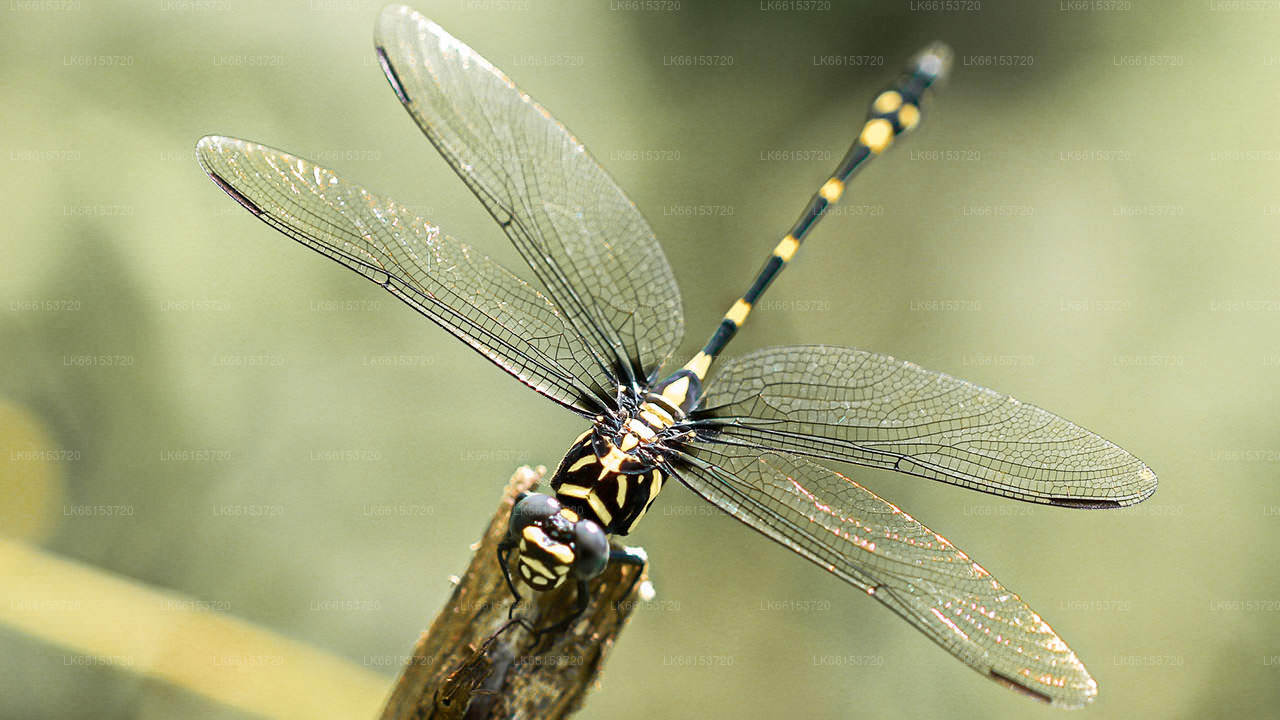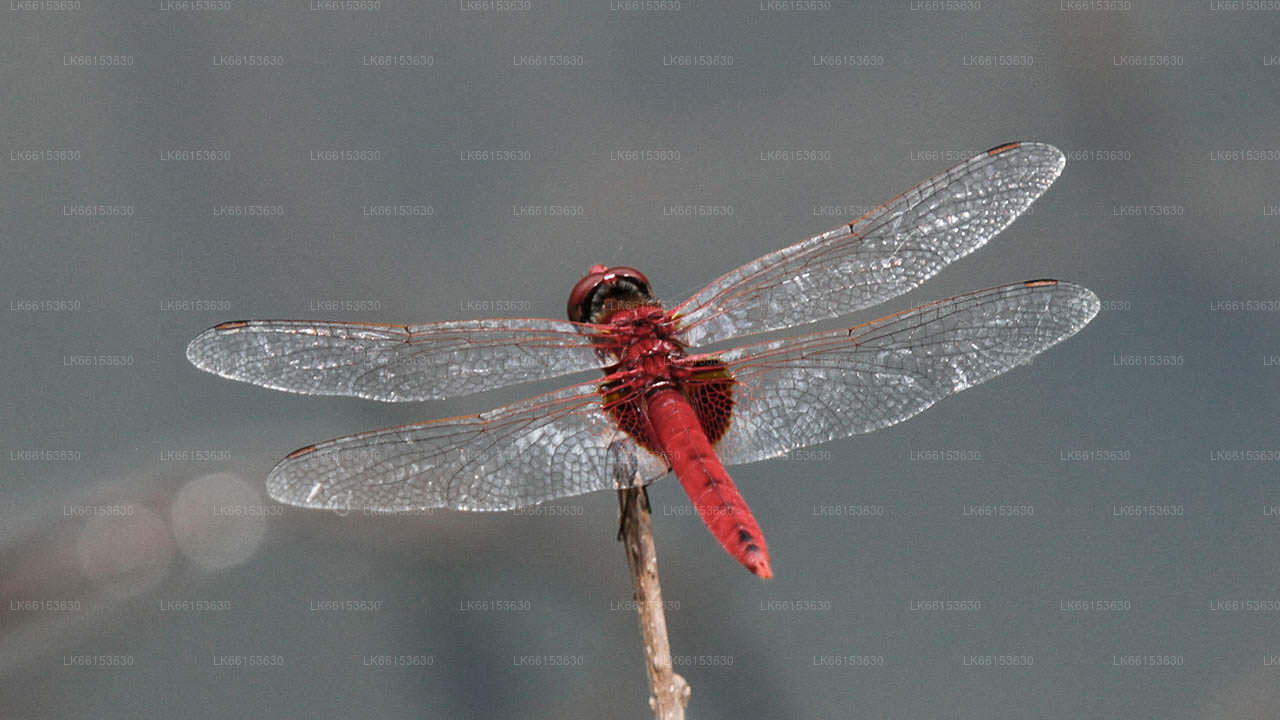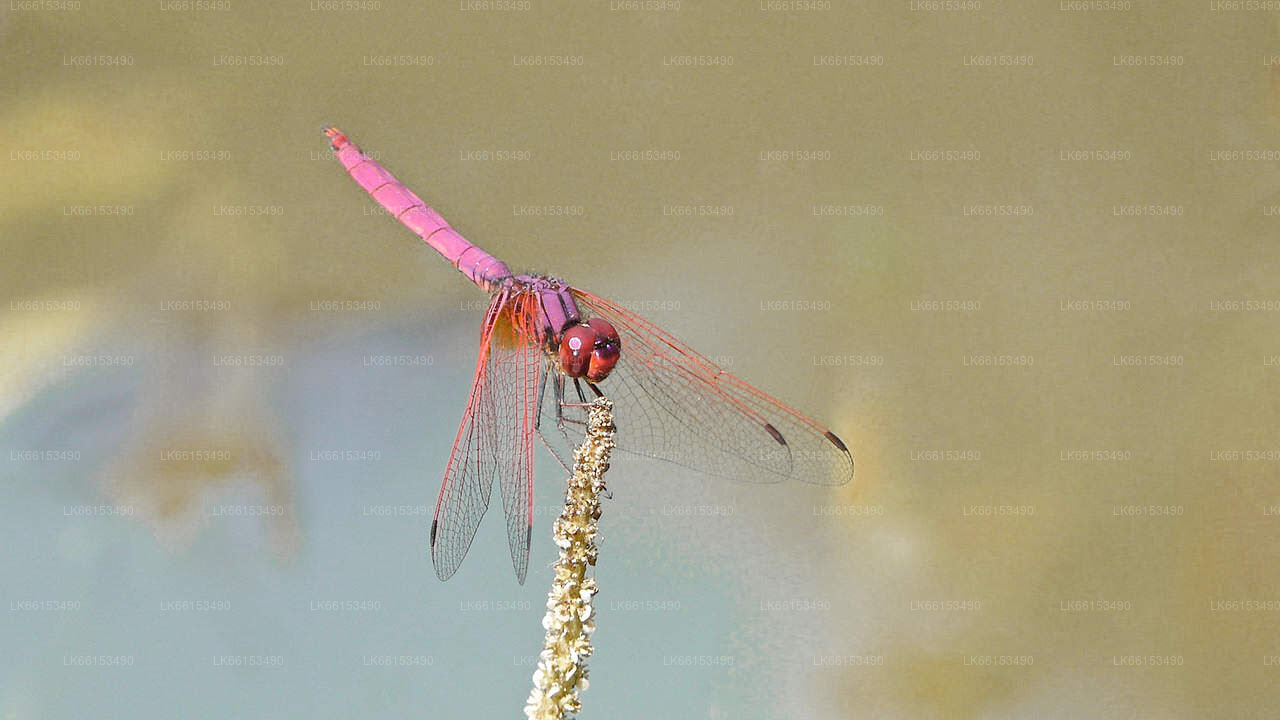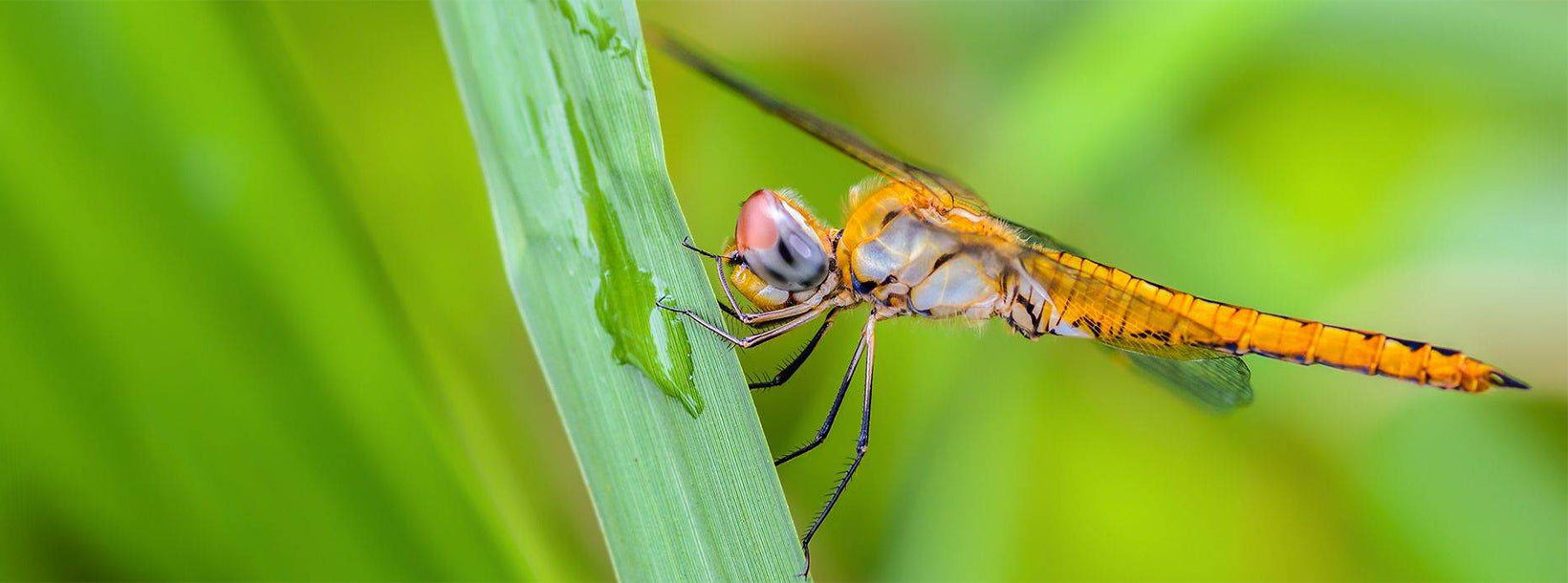
잠자리 관찰
잠자리 관찰은 습지, 연못, 강에서 평화로운 경험을 선사합니다. 물 위를 날아다니는 민첩한 곤충들을 관찰할 수 있습니다. 선명한 색깔과 빠른 비행은 잠자리를 더욱 매력적으로 만듭니다. 자연 애호가와 사진작가에게 이상적인 이 활동은 잠자리의 생태적 중요성과 생물 다양성의 아름다움을 더욱 돋보이게 합니다.
Dragonflies
Dragonflies, a group of fascinating insects in the order Odonata, are generally familiar to the wider public due to their colorfulness, relatively large size compared to most other insects, flight capabilities, and presence around human-modified landscapes. Even though commonly referred to as ‘dragonflies,’ order Odonata includes two suborders: the dragonflies of suborder Anisoptera and the damselflies of suborder Zygoptera. These suborders are different from each other in multiple characteristics, including the general body shape. These insects have an amphibious life cycle consisting of three life stages: the egg, larvae, and the adult. The larvae are exclusively aquatic, while the adults are terrestrial insects capable of flight.
There are over 6,400 known species of dragonflies around the world at present, and many more species are discovered every year. Sri Lanka has 132 species of dragonflies as of 2024. Among the reported diversity of Sri Lankan dragonflies, 59 species and an additional eight subspecies are endemic to the country, indicating 51% total endemism.
Dragonflies are found throughout the country, from the coastal belt to the mountain peaks. However, the highest diversity and the highest endemism are reported in association with wet zone rainforest habitats and lower montane forests.
Being carnivorous animals, both larvae and adult dragonflies act as apex predators among the invertebrate communities in their habitats and thus help maintain the population of other insects, including economically harmful species such as pests and disease vectors. Dragonflies are also considered among the top indicator species in aquatic habitats. The presence of some species of dragonflies in a habitat provides hints on the water quality and the overall health of the ecosystem. This has led dragonflies to be recognized as "Guardians of the Watersheds" across the globe and considered a flagship group of insects in the conservation movement.
-
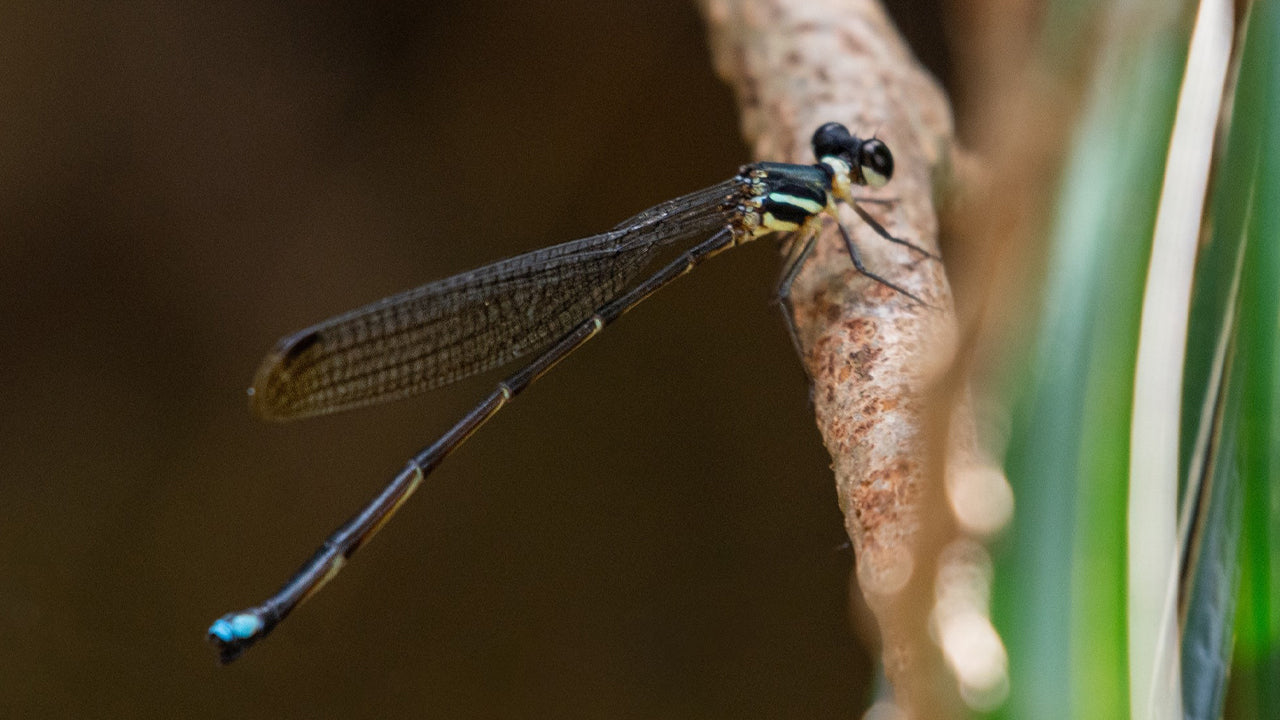 다크 포레스트 데미젤
다크 포레스트 데미젤Platysticta apicalis
-
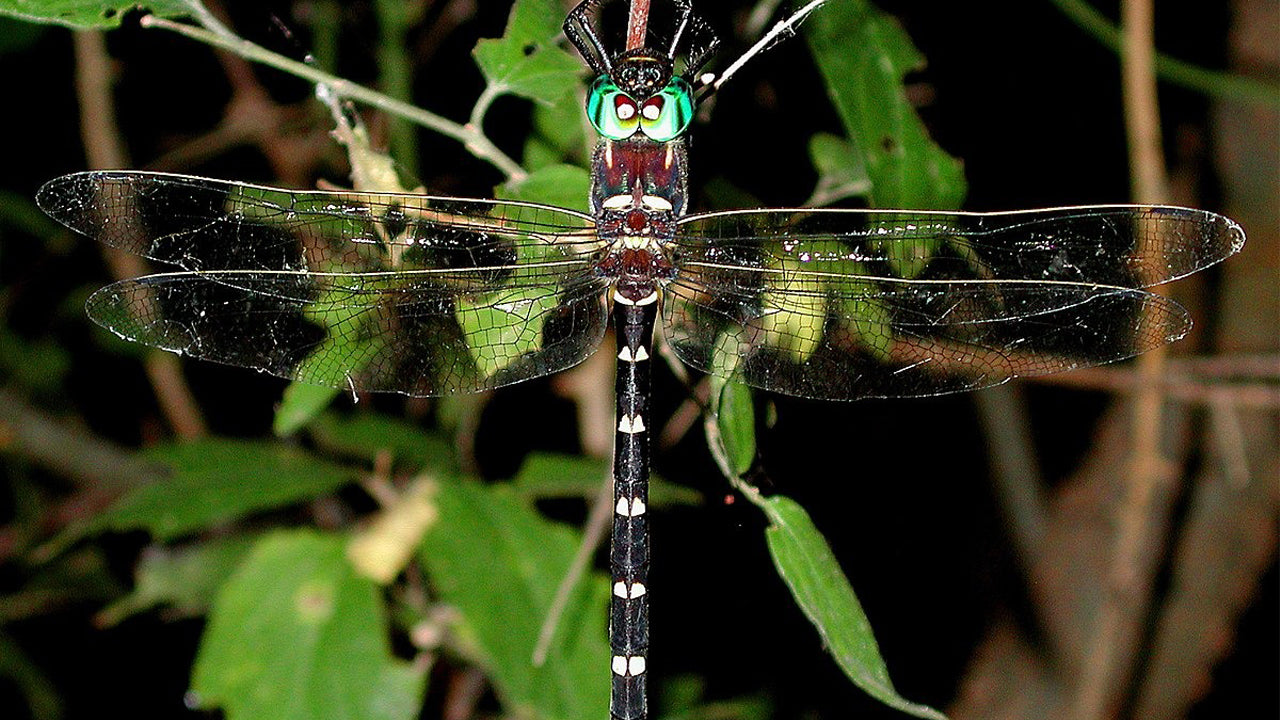 플린트의 순양함
플린트의 순양함Macromia flinti
-
 グリーンズ・ジェム
グリーンズ・ジェムLibellago greeni
-
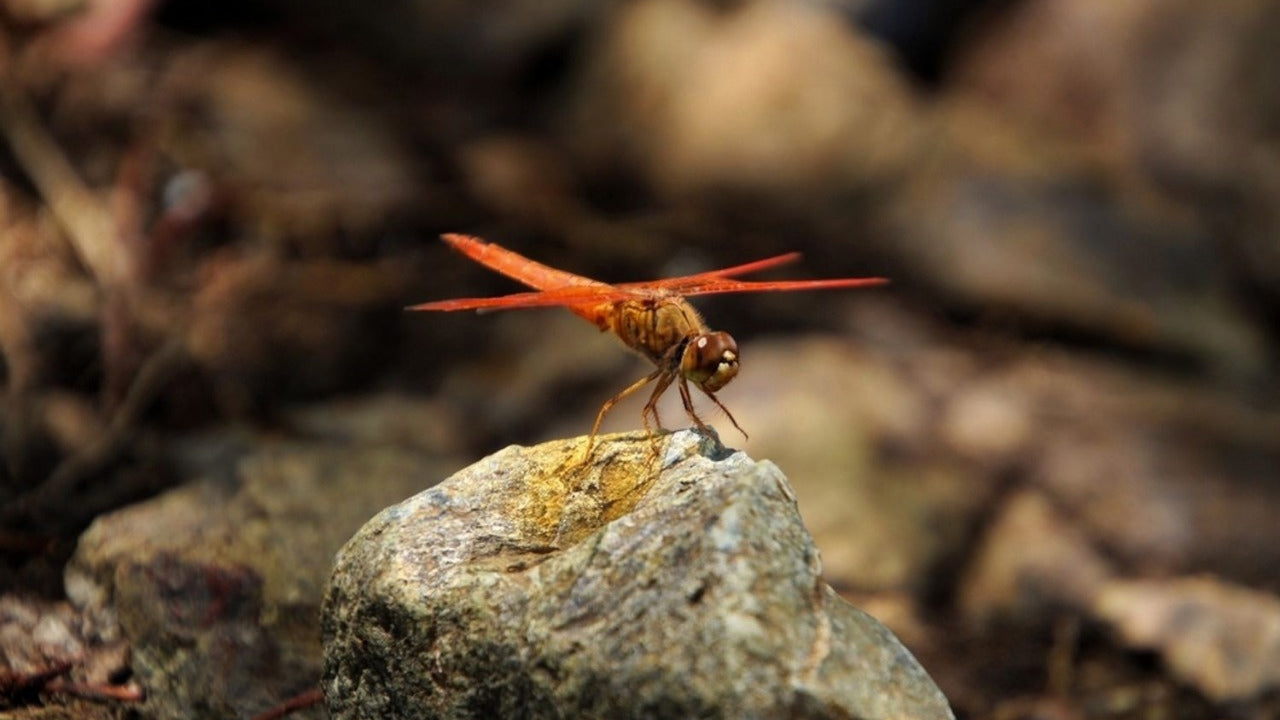 아시안 그라운드링
아시안 그라운드링Brachythemis contaminata
-
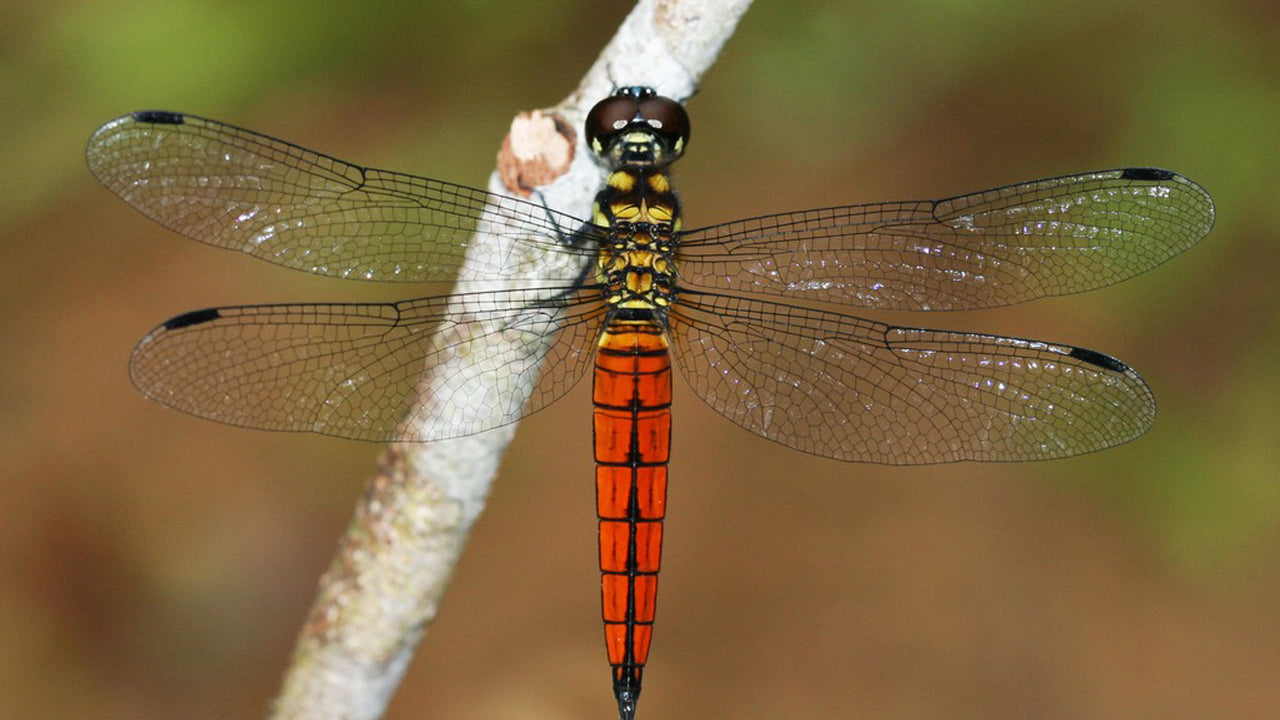 주홍색 산림 관리인
주홍색 산림 관리인Lyriothemis defonsekai
-
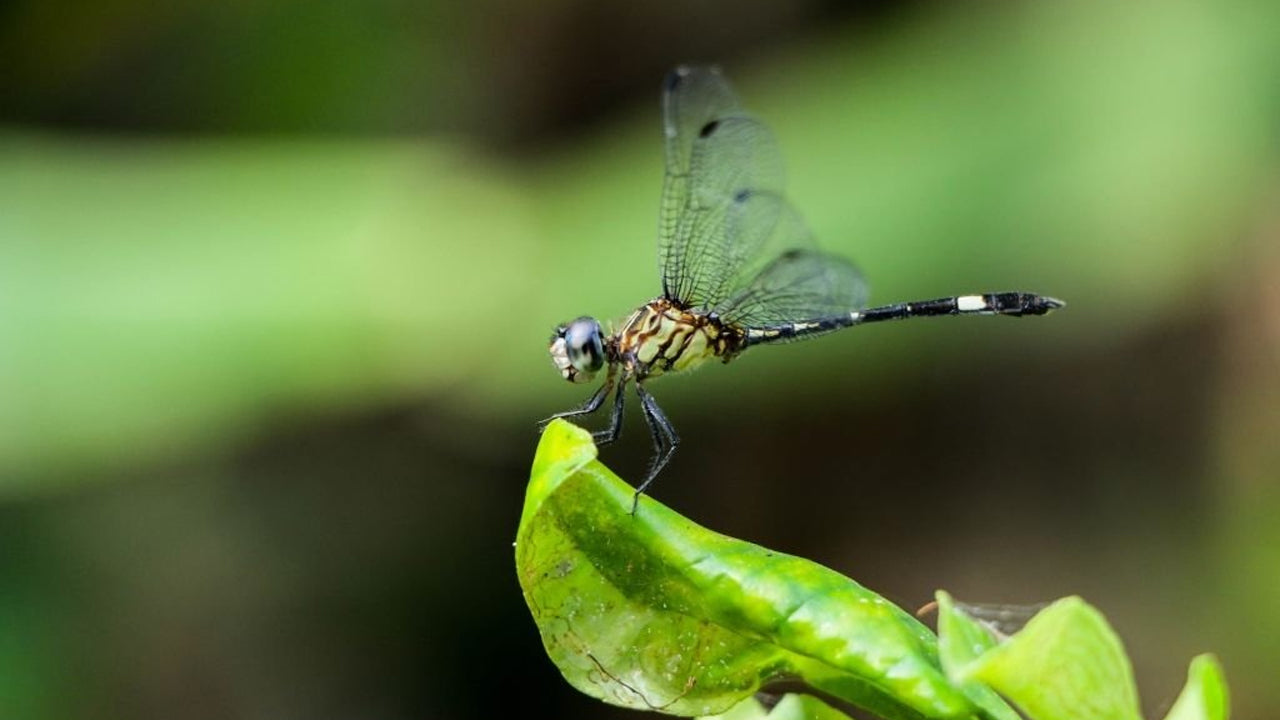 월의 그래플테일
월의 그래플테일Heliogomphus walli
-
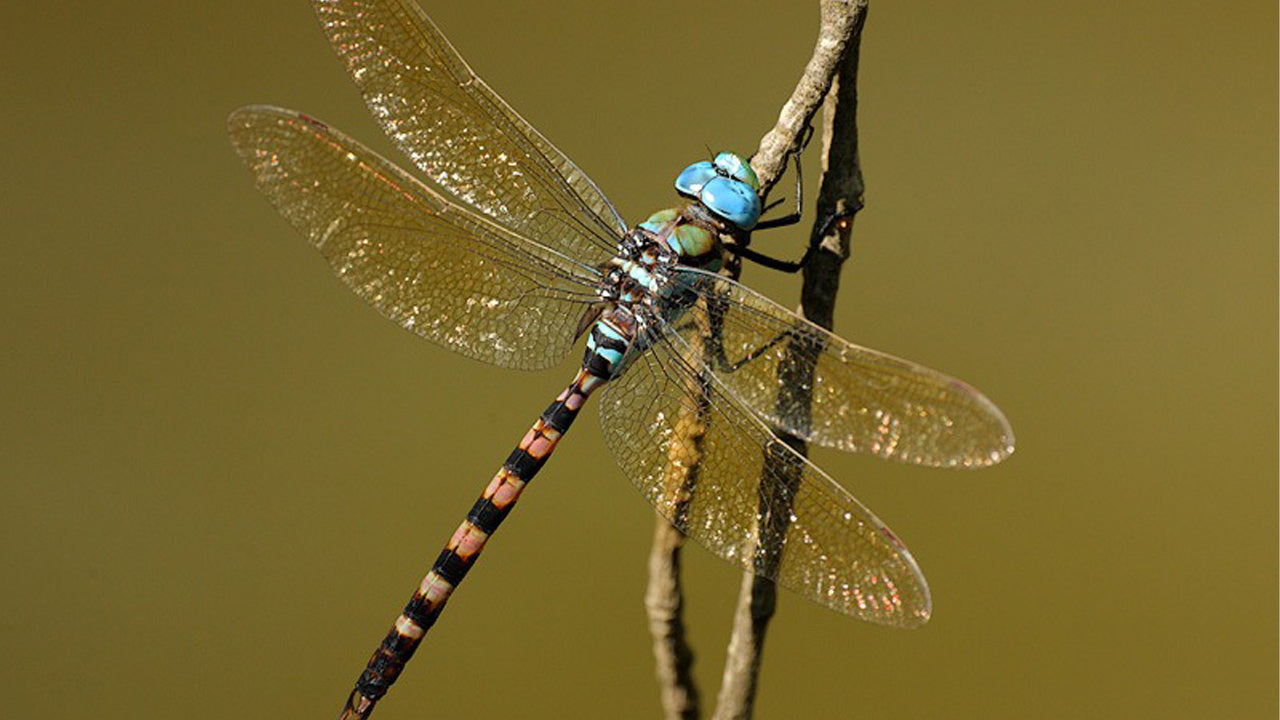 불타는 황제
불타는 황제Lethrinus rubrioperculatus
-
 검은 끝의 참새
검은 끝의 참새Vestalis apicalis
-
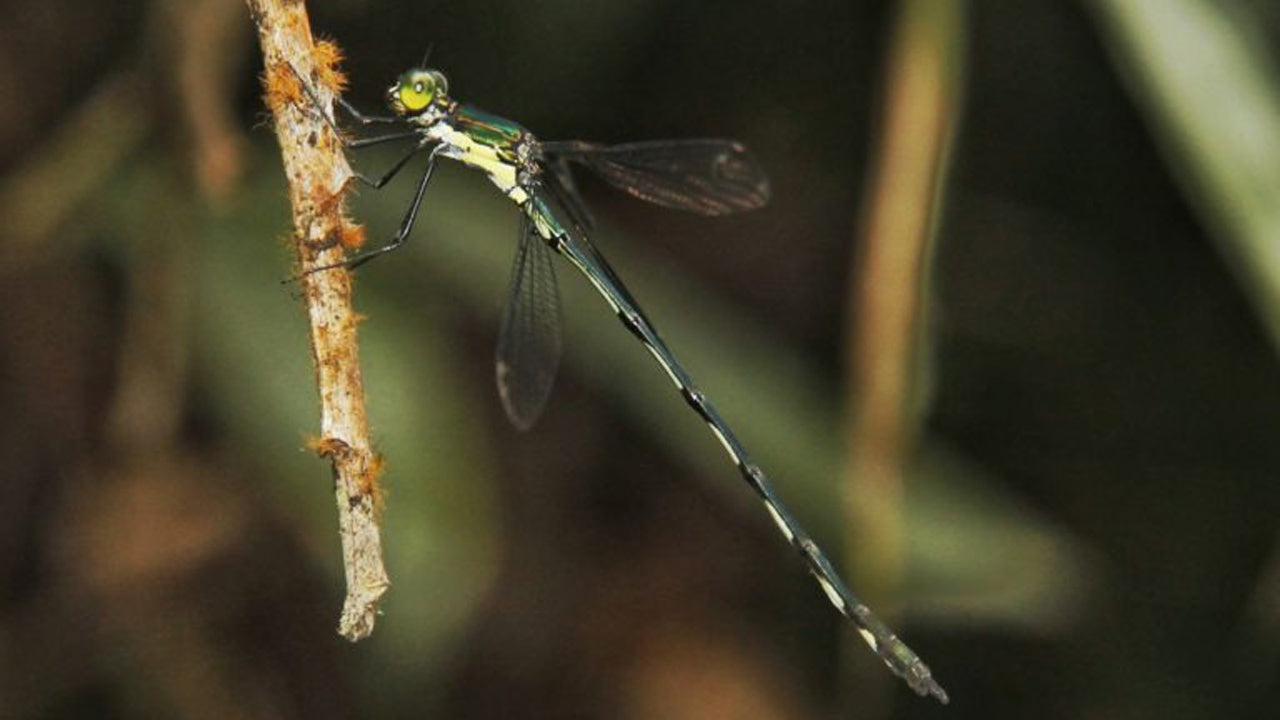 스리랑카 에메랄드 스프레드윙
스리랑카 에메랄드 스프레드윙Sinhalestes orientalis
-
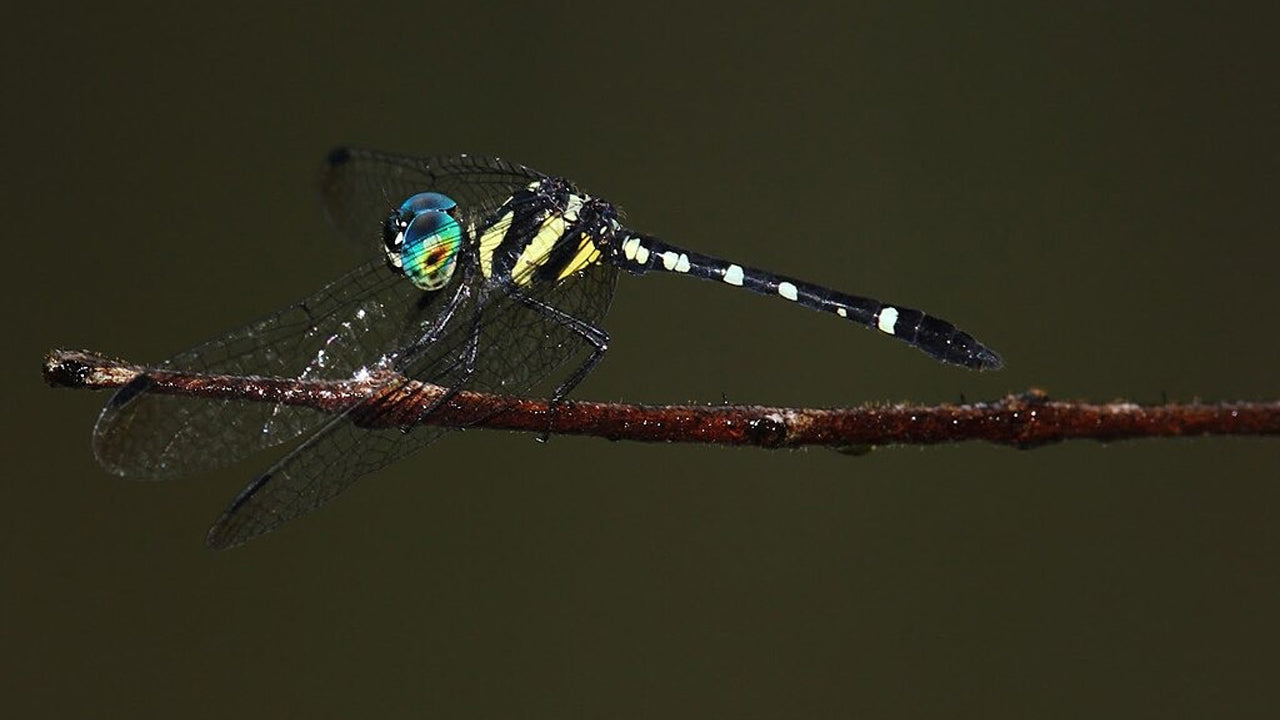 예버리의 엘프
예버리의 엘프Persuna thaumatica
-
 Shinning Gossamerwing
Shinning GossamerwingEuphaea splendens
-
 늪 스프라이트
늪 스프라이트Ceratopteris thalictroides


















